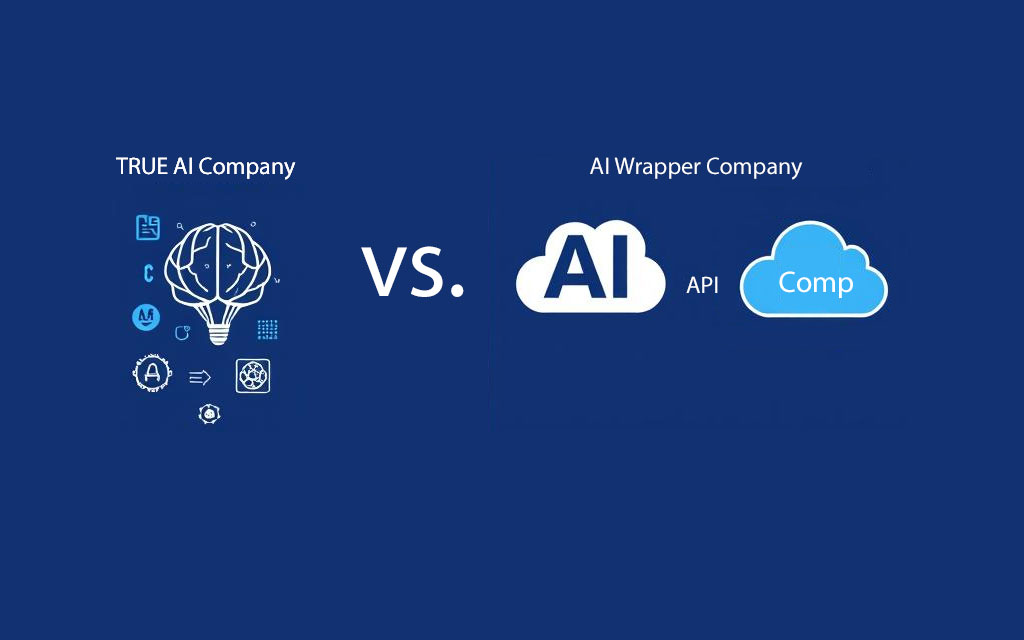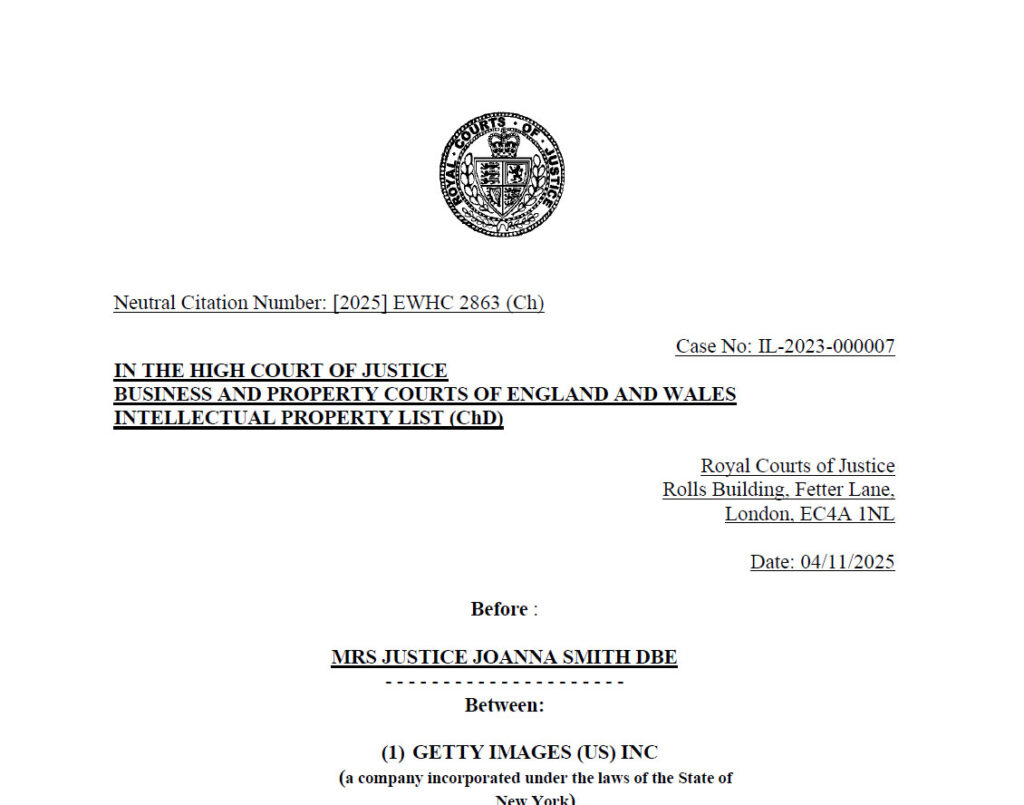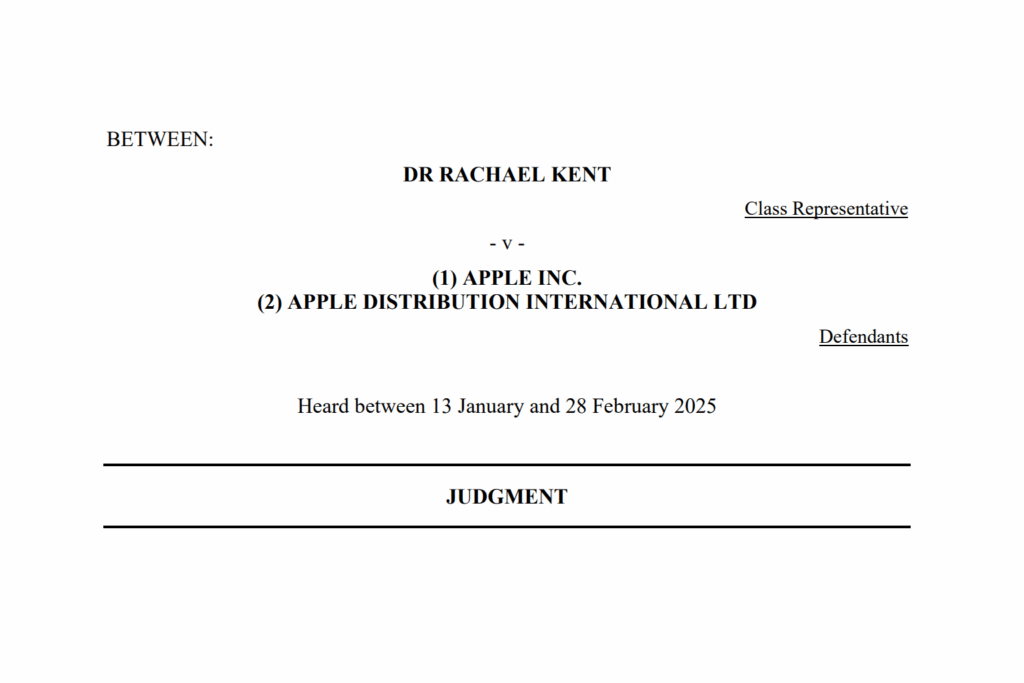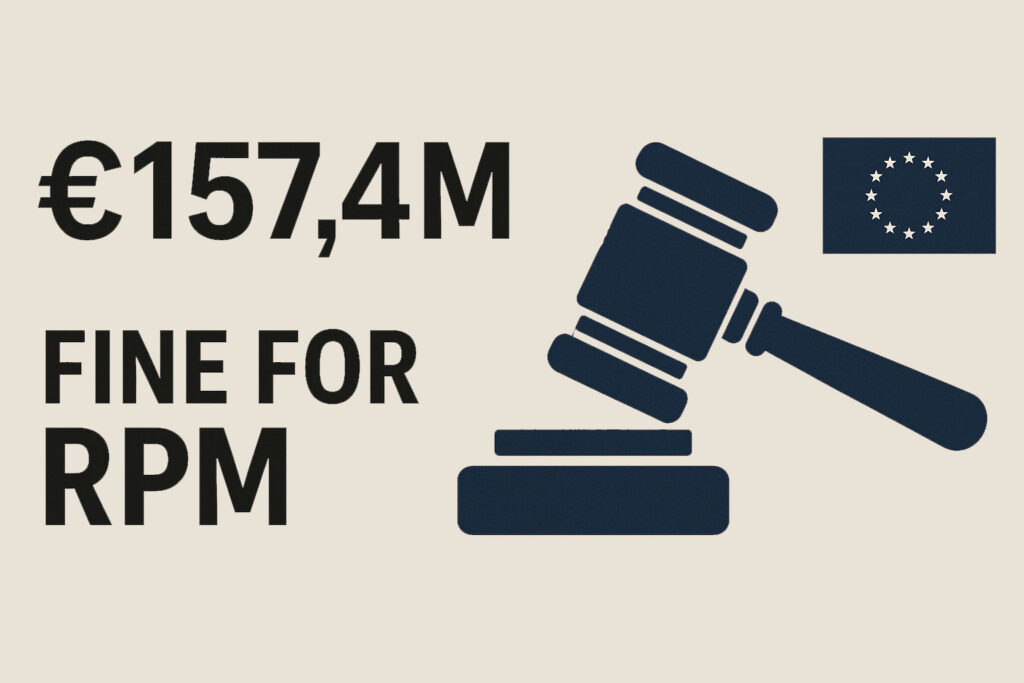As the global AI market booms, many startups and SaaS companies are eager to claim the label of “AI company.” Yet, beneath the buzzwords, a significant number of these firms are simply API wrappers that build their entire product around third-party AI platforms like OpenAI, without independently developing proprietary AI technology.
This trend, which is part of the wider concept of AI washing, carries serious legal risks such as potential misrepresentation and investor fraud claims, and artificially inflates company valuations thereby creating a precarious bubble within venture capital ecosystems and the broader market.
Building AI vs. Building On AI
A fundamental issue is understanding the difference between:
- Building AI: Developing proprietary AI algorithms, models, or datasets, reflecting true innovation and substantial R&D investment.
- Building on AI: Leveraging existing AI platforms via API integrations to power products, effectively creating wrappers without original AI development.
Firms that build on AI are more like resellers or integrators and are likely at risk of overstating their AI capabilities if they label themselves as ‘AI innovators‘, ‘AI companies‘ and the like.
Potential Legal Risks Arising From AI Washing
- Securities Fraud: Investors misled by inflated AI claims may pursue legal remedies if disclosures are intentionally deceptive.
- Data Privacy Violations: Wrappers forwarding user data to third-party AI platforms may violate privacy laws if user consent and data practices are not clearly disclosed.
- Consumer Harm: Products unable to deliver promised AI functionality can cause reputational and financial damages to users.
In the U.S. similar incidents have already resulted in legal action initiated by the Securities and Exchange Commission (SEC) who brought charges against investment advisers who misrepresented their use of Artificial Intelligence. Similarly, the Federal Trade Commission (FTC) announced that it will ‘Crackdown on Deceptive AI Claims‘.
Likewise, in the U.K. misleading or outright untrue statements by companies can lead to investor law suits based on Schedule 10A of the Financial Services and Markets Act 2000 (FSMA).
In the European Union, the AI Act Art.50 itself imposes certain transparency obligations on developers and deployers, and Directive 2005/29/EC concerning unfair business-to-consumer commercial practices Art.5-7 prohibts misleading statements.
The Market Impact: Inflated Valuations and Unsustainable Business Models
The hype around AI has attracted vast venture capital seeking breakthrough technology. However, many wrapper companies inflate their valuations with superficial AI branding rather than technological substance, leading to:
| Risk Factor | Description |
| Market Saturation | Numerous duplicative API-based tools compete aggressively. |
| Platform Dependency | Changes in third-party API terms or features can instantly undermine an AI wrapper’s value. |
| Profitability Risks | API usage costs and limited differentiation pressure margins and growth. |
| Investor Risks | Overvaluation driven by hype can precipitate steep corrections and losses. |
Mitigating Risks: Best Practices for Companies and Investors
Encourage internal policies that govern responsible AI marketing, governance, and ethical use.
- Conduct stringent due diligence to confirm claims of proprietary AI innovation versus API-based services.
- Advise clients on clear, accurate, and substantiated disclosures, avoiding any sweeping AI claims without evidence.
- Insist on transparent consumer disclosures regarding the involvement of third-party AI platforms, data usage, and limitations.
- Monitor evolving regulatory guidelines, especially from the FTC and European agencies, to ensure ongoing compliance.




